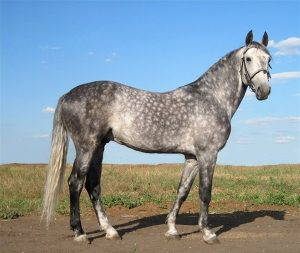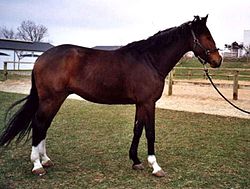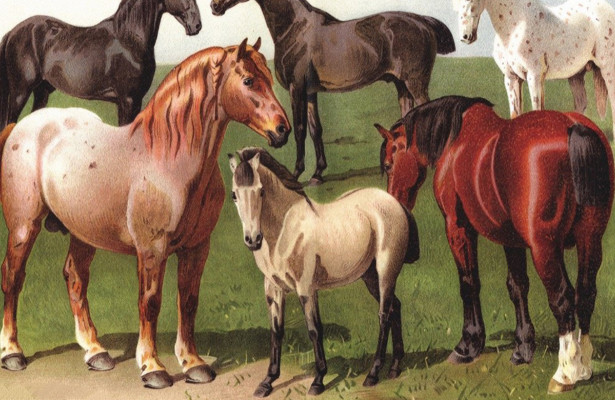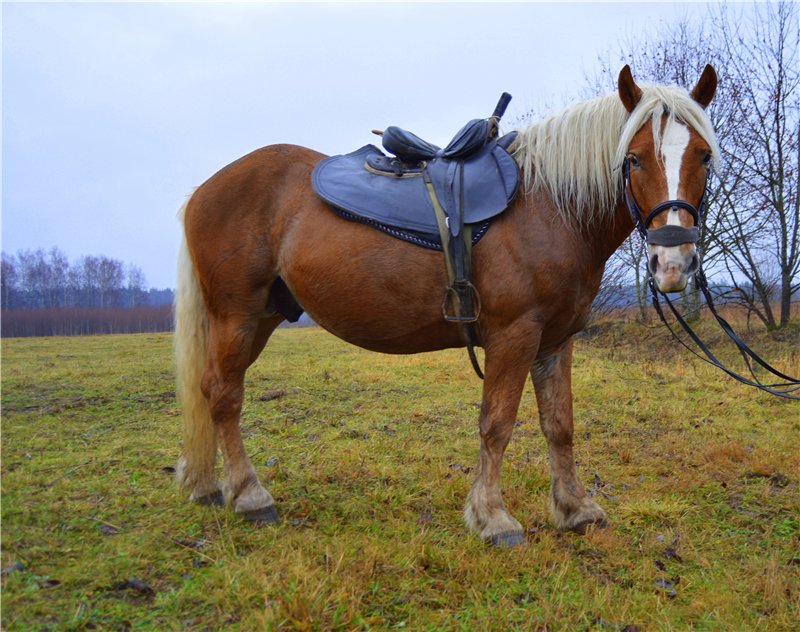circumference
The history of origin and features of Bashkir horses
 The Bashkir horse breed was known in antiquity by numerous descriptions. It occurred, as it is believed, from the crossing of forest north horses brought from Asia steppes. The breed is interesting in that it is close to the tarps – wild horses, now completely exterminated.
The Bashkir horse breed was known in antiquity by numerous descriptions. It occurred, as it is believed, from the crossing of forest north horses brought from Asia steppes. The breed is interesting in that it is close to the tarps – wild horses, now completely exterminated.
Herd of Bashkir horses
The tarpans were small in size, with a furry suit. Bashkir horses are often savras or salty, but otherwise very similar to extinct ancestors. Initially, they were grown by Bashkirs on their territory, hence the name of the breed. Bashkiria is characterized by sharp differences in soil, climate and vegetation. The horses brought down during the resettlement by the Bashkirs had to adapt to new living conditions. Continue reading
Oryol breed – the pride of Russian horse breeding (part 1)
 The Oryol trotter breed was bred in the distant 18th century at the Khrenovsky stud farm of Count Orlov. One of the distinguishing features is the ability to frisk trot that is inherited from one generation to another. It is thanks to this fact that the breed is today called not only pride, but also a symbol of domestic horse breeding.
The Oryol trotter breed was bred in the distant 18th century at the Khrenovsky stud farm of Count Orlov. One of the distinguishing features is the ability to frisk trot that is inherited from one generation to another. It is thanks to this fact that the breed is today called not only pride, but also a symbol of domestic horse breeding.
Photo of the Oryol trotter
The modern trotter, as can be seen in the photo, has a good physique. This small horse has a slightly dry head and a wide forehead, its profile is slightly humpy, the neck is distinguished by an excellent bend and is located high, the withers have clear lines. The croup of such an animal is sloping, the body is somewhat elongated, has strong legs. Specialists distinguish several types of exteriors of excellent representatives, which can be seen in the photo. These include dry (it is light), massive (very similar to a heavy truck) and intermediate. Despite the presence of such a variety of horse species, the blood of noble Arabian horses flows in each of them. Continue reading




